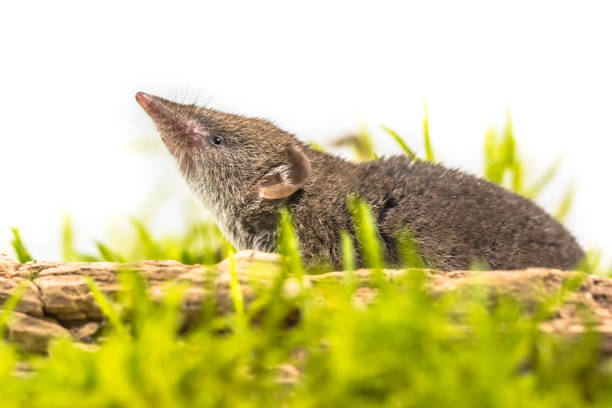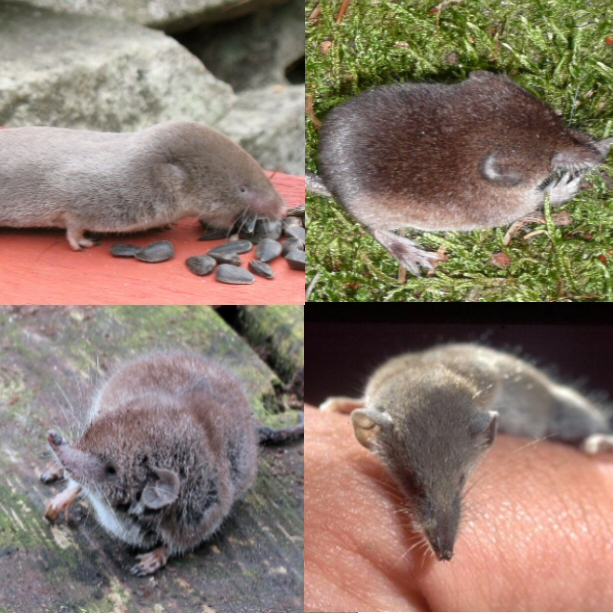The shrew, often mistaken for a mouse or small rodent, is a fascinating mammal that belongs to the order Eulipotyphla. With their small size and elusive behavior, shrews are found in various ecosystems around the world. However, a common question arises: Is the shrew a beneficial insect or a pest? In this article, we will explore the ecological role of shrews, their interactions with humans and agriculture, and whether they should be considered beneficial creatures or problematic pests.

Before diving into the question of whether shrews are beneficial or harmful, it is essential to understand their biology, behavior, and habitats.
Shrews are small, insectivorous mammals belonging to the family Soricidae. They are often confused with rodents, but they are actually more closely related to hedgehogs and moles. Shrews have long, pointed snouts, sharp teeth, and a fast metabolism, making them well-equipped for hunting insects and other small invertebrates. There are more than 400 species of shrews, and they can be found in forests, grasslands, and even urban areas around the world.
Shrews thrive in environments that provide ample food sources such as insects, worms, and small arthropods. They are typically found in wooded areas, grasslands, and gardens, and are most active at night. Their diet is mostly composed of invertebrates, but they may occasionally consume small vertebrates, fruits, and seeds. Shrews are also known for their high metabolic rate, which means they must consume large quantities of food daily.

Shrews play a vital role in many ecosystems, particularly in controlling insect populations. Understanding their ecological role is crucial when evaluating whether they are beneficial insects or pests.
Shrews are considered beneficial creatures primarily due to their role in natural pest control. By consuming a large variety of insects, such as beetles, caterpillars, and termites, they help regulate these populations and prevent overgrowth. This can reduce the need for chemical pesticides in gardens, agricultural fields, and forests.
Reduction of Agricultural Pests: Shrews often feed on crop-damaging insects like aphids and grasshoppers, which can reduce the need for artificial pest control methods.
Insect Control in Gardens: Shrews help maintain a healthy garden ecosystem by managing insect populations, ensuring that plants are not overwhelmed by harmful pests.
In addition to their role in pest control, shrews also contribute to soil aeration. As they dig and forage for food, they create small tunnels in the ground that allow air and water to reach plant roots. This helps improve soil health, making it easier for plants to grow.
While shrews may occasionally consume seeds, their overall impact on seed predation is generally minimal compared to larger herbivores, and their tunneling can actually benefit plant life by enhancing soil fertility.
Despite their beneficial roles in ecosystems, shrews can also pose some challenges. In certain situations, shrews may be considered pests, especially when they cause damage to crops or invade homes and structures.
While shrews primarily consume insects, they may also feed on plant matter, including seeds and small fruits. In large numbers, shrews can cause damage to crops, especially in gardens or agricultural fields. They may dig up young plants, consume newly planted seeds, or create unsightly holes in the soil, which could affect crop yield and plant growth.
Damage to Crops: In some cases, shrews have been observed feeding on crops such as corn, beans, and other vegetables, especially during the winter months when food is scarce.
Invasive Species: Certain species of shrews have been introduced to regions where they are not native, and their presence can disrupt local ecosystems. Invasive shrews can outcompete native species for food and shelter, potentially leading to imbalances in local biodiversity.
Shrews are sometimes found in homes and buildings, particularly in areas with dense vegetation or near fields and gardens. While they do not damage structures or food supplies directly, their presence can be a nuisance. Shrews may invade attics, basements, and crawl spaces, leaving behind droppings and creating unpleasant odors. Furthermore, shrews can attract predators such as snakes and larger mammals, which may become a concern for homeowners.
Nuisance in Homes: While shrews do not typically cause structural damage, their presence in homes can lead to a build-up of waste and a general sense of disarray.
Health Concerns: Though shrews are not major carriers of disease, their droppings and urine may pose a risk to human health, especially if they infest living spaces.
| Aspect | Benefits | Drawbacks |
|---|---|---|
| Pest Control | Shrews consume large numbers of harmful insects, reducing the need for chemical pesticides. | May occasionally feed on small crops, causing minor damage in gardens. |
| Soil Aeration | Shrews create small tunnels that improve soil aeration, benefiting plant growth. | Digging can lead to minor disruption in soil or damage to garden plants. |
| Biodiversity | Help maintain healthy ecosystems by controlling insect populations. | Invasive species may outcompete native wildlife, disrupting local balance. |
| Urban Concerns | N/A | Can invade homes and leave behind waste, creating nuisance and potential health concerns. |
In conclusion, while shrews are typically beneficial to the environment, in certain contexts, they may need to be managed carefully to prevent them from becoming pests in urban or agricultural settings.
In conclusion, shrews can be both beneficial and problematic, depending on the context in which they are encountered. In natural ecosystems, they are invaluable for pest control, soil aeration, and maintaining biodiversity. They help regulate insect populations, which in turn supports healthier plant and animal life. However, when found in urban settings or large numbers, shrews can become pests, causing damage to crops, gardens, and even invading homes.
Ultimately, shrews are a crucial component of many ecosystems and should be considered beneficial insects in most natural contexts. However, when their activities interfere with human interests or agricultural practices, they may be viewed as pests.
animal tags: Soricidae
We created this article in conjunction with AI technology, then made sure it was fact-checked and edited by a Animals Top editor.